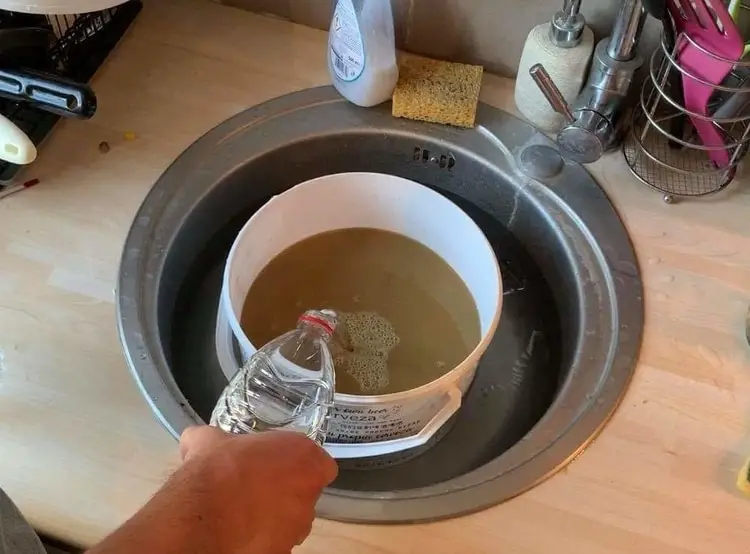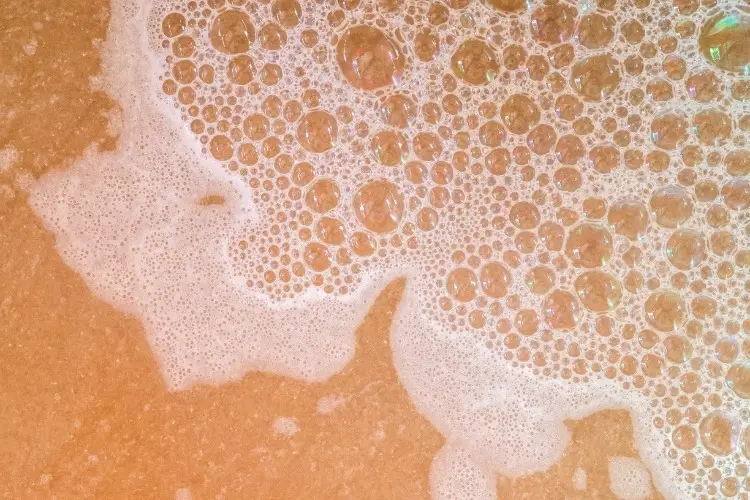Home brewers are full of questions. It comes with the territory. One that comes up regularly: Is it OK to top off my wort with water? Well, that depends. Yes and no. For extract brewers it is routine and expected to add water to concentrated wort. For all-grain brewers, it may be Ok, but the timing is distinctly different.
Topping off concentrated extract wort prior to pitching yeast is a widespread practice. In all-grain brewing, water should be added only at the beginning of the boil. In post-boil additions, some all-grain brewers may just want to squeeze out an extra few bottles and sacrifice .25% alcohol.
In both cases, keep in mind your target gravity, not unnecessarily diluting your post-boil wort.
Topping off Your Extract Batch
Beginning and intermediate brewers brew primarily with DME or LME (dried/ liquid malt extract).
Boil times vary from 30-60 minutes.
Some used hopped canned kits only.
Some use ½ malt and ½ sugar recipes…Please! Don’t do this.
Many brewers after just a few batches, use raw unhopped malt extract, their own hops and specialty (adjunct) grains for flavor and color.
Hop additions require longer boiling, at least 60 minutes to achieve optimal isomerization (heat activated dilution of hop oils into the wort).
Even with extract boils it is better to use as large a base wort as possible, two gallons or more for a 5 gallon batch.
This allows for a better concentration of sugar, and effective hot and cold liquor break (precipitation during and falling out of proteins, husks and hop solids after boiling).
It also aerates the wort most efficiently, O2 being the most essential nutrient to yeast.
Post Boil Water Additions
After the wort has cooled, you may blend it with water.
As long as you followed the recipe, using the correct amount of malt, water addition is not an issue at all, keeping in mind the batch size.
Important! After cooling your wort to at least 65° F (18° C), follow this sequence:
- Add 2 gallons of bottled spring water or good tasting well water to your fermenter
- Then add your wort; 1.5-2 gallons.
- Pitch your yeast, a hydrated dried yeast or vial of liquid
- THEN, top off with water. (I have overfilled before, running out of room for the yeast starter and even all of the wort!)
- Cap the carboy, resting on a towel or throw rug, tip to a 65° angle and shake vigorously. It mixes the raw beer and adds O2.
I recommend only filling to the shoulders of the bottle.
We may be tempted to fill our carboys to the tippy-top, yielding that extra two to three bottles of beer.
Over filling also has another drawback.
Once fermentation begins, especially vigorous ale fermentation, the gas and foam will create a sort of siphon effect.
Instead of blowing off a pint or two, which is beneficial as dead yeast, trub, hops and bitter compounds exit, you could lose 1 – 1.5 gallons of beer – Unthinkable.
Holy Blow-Off Batman!
No brewer wants to see precious beer go down the drain, in this case, your blow off jar, acting as an airlock.
If your Fermenter is a Bucket

Plastic fermentation buckets are fine. They allow plenty of headspace for fermenting foam, so no need for a blow-off tube.
Pay close attention to your wort and water additions.
Measure carefully. It would be easy to over-dilute and miss your original gravity.
Your pale ale becomes a bitter, your stout a brown ale, or your porter a red ale.
As for O2 aeration, you have two options.
The first is not to worry about it and depend on a good boil capturing the necessary O2.
Another option will help.
Siphon your cooled wort from the pot, placing your hose just through the airlock port of the lid. Allow the wort to gently splash into the fermenter. This will also add effective aeration.
All-Grain Brewing Water Additions
All-grain water additions have one distinct difference from extract.
All water is added pre-boil.
The entirety of the beer’s volume is boiled at once: whether 1 gallon, 5 gallons, or 217 gallons in a brewpub system.
Grain to Water Ratio
1 – 1 ¼ quarts of water per pound of grain is the standard parameter of mashing.
When you run off the sweet wort into the kettle you may expect to lose about one pint of water per pound of grain through absorption (the grain holds water), possibly a little more.
Sparge your mash grain-bed with 170° F (76° C) water, never cooler, occasionally up to 172° F (77° C).
Sparging is the washing of the grain-bed to completely extract all of the sugary goodness left behind in the mash-tun after the first runnings (initial sugar-rich mash water, first drained from your lauter).
Top up your kettle to the desired level.
In all-grain brewing there is another major difference than timing of water addition.
I recommend a full-term 90-minute boil in all cases.
Expect to lose 6-7% of your volume through evaporation, so a 5.5 – 5.7-gallon preboil volume (including mash juice and sparge water) is suitable to yield a 5-gallon batch.
Water Additions – a Small Word of Warning
For all-grain brewers, there is a situation where you add water after the boil.
This is called debrewing.
Similar to extract brewing, you mash and boil a concentrated wort and cut it by half, for example, and double your volume. I never did this myself.
When sparging a mash, avoid running mash water into the kettle with an OG less than 1.010 (technically towards the end of the sparge one should measure the gravity).
Logical thinking dictates that the more water I get out of my grain the better.
Instead, you will begin to leach tannins from the malt husk.
These are astringent compounds that can leave an especially bitter aftertaste in the beer.
For small scale brewers, 5-10 gallons, this is a small risk, but needs checking, nonetheless.
Low gravity beers run a higher risk as the base malt content is lower.
Towards the last 25% of your sparge, do check your sparge water with your hydrometer as you go, at least in the early days, while you are still learning.
Hydrometers are calibrated to measure wort in a 65-70° F (18-21° C) range. Cool the wort or sparge run-off first to get an accurate Original Gravity.
Can You Add Water in Fermenting Beer?
Never add fresh water to fermenting beer.
It will add O2 to an anaerobic environment, and quickly oxidize.
Final Additions
Topping-off wort with water is fine.
Be clear there are different rules for treating extract and all-grain beer.
The following are points to consider:
- Adding cold or cool water is normal for extract brewing.
- Consider oxygen in the wort. Was the boil large or vigorous enough?
- Topping off a fermenter for sheer volume may affect original gravity or cause losses to blow-off. Measure carefully.
- All-Grain brewing requires water additions pre-boil, boiling the full volume.
- Be aware that the last runnings (end of the sparge) not drop below 1.010 in gravity, to avoid risk of unintentional bitterness.
- Large or small boil, you want a medium heavy rolling boil. Expect about 4-5% boil off per hour.
- Assure that all water added post-boil is sanitary. Bottled Spring water or good well water are the best choices.
Find the process that works best for you.
Try different things and stay within the parameters I’ve outlined.
They are broad enough for you to fold your methods within them.
Keep meticulously sanitary, follow your instincts, or your calculations, whichever is your strength.
I have visited 50+ breweries home and commercial; no two did everything the same way.
No one will argue with success.

